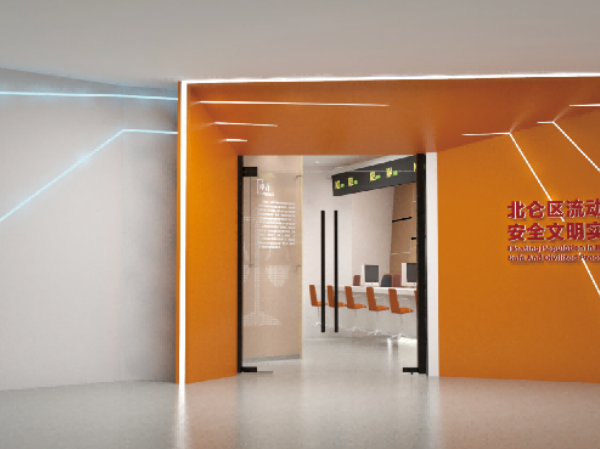In the Rwanda Chapel project sacredness is expressed through the dematerialization of space, which is built hypothesizing an almost abstract “structure”. We have imagined a clearly identifiable sign in the territory, almost a totem,a place belonging to the community. In this place - with this luxuriant and prevailing nature and this people that suffered terrible fratricidal struggles, horror and misery - we imagine spirituality both connected to openness and as a moment of sharing with others and with nature. We imagine a chapel open to nature and to others.
The Chapel, with its immateriality, represents a mystical iconic form open to the community, where the inside and the outside, rather than being separated, are blended together to form the same whole.
The project wants to be a meeting place where to think. Since it opens up to the whole community, it has no barriers, no walls and it becomes part of the natural environment where it is placed.
The chapel opens towards the lush surrounding nature, the planned materials are sustainable and natural in close harmony with the environment.
The term ‘church’ derives from the Greek noun‘ekklesia’, assembly, therefore the relationship between architecture and liturgy is summed up in this connection and the Rwanda Chapel is an expression of the liturgy intended as an active assembly meeting.
The Rwanda Chapel is a communal space where the members of the community meet , socialise and so contribute to develop a shared identity. It defines a collective moment.
It is a meeting space where we listen, and where we listen to a celebrant who reveals the word of God and makes it earthly to the faithful.
The seats spread outfrom the inner roofed space to outside the chapel as a continuous line.
The furnishings are simple and monolithic with a basic character.
The altar, made up of stone monoliths, is the essential element that makes the space sacred.
The Chapel consists of only a light texture made up of twelve wooden pillars and two big metal crosses: voids are more importance than solids.
The elements that make up the Rwanda Chapel are symbols: the triangular geometry recalls the simplicity, sobriety and principles of Christianity, the black covering symbolizes the veil of the Poor Clares; the “pillars” are twelve like the Apostles.
The wood the pillars and the “bell tower” are made of alludes to the important and wonderful presence of nature, which is a resource for that population, while the interior of the roof, covered with woven wooden panels, directly recalling the cultural identity of this people, aimsto develop their sense of belonging to it.
The Rwanda Chapel is immersed in an amazing natural environment and is meant to facilitate the relationship between the assembly and the celebrant, the community is involved in a collective moment.
The project aims to be an architectural expression of a community that recognizes itself in the values of simplicity, poverty and sobriety of the Poor Clares. The chapel wants to become a point of reference, also from an architectural point of view, for the territory.
The Rwanda chapel wants to communicate a strong emotional and spiritual impact, it wants to express a form of tension towards the divine and the spiritual.
Collaborators: arch. Benedetta Malavolti, arch. Antonella Valeriano
{{item.text_origin}}












